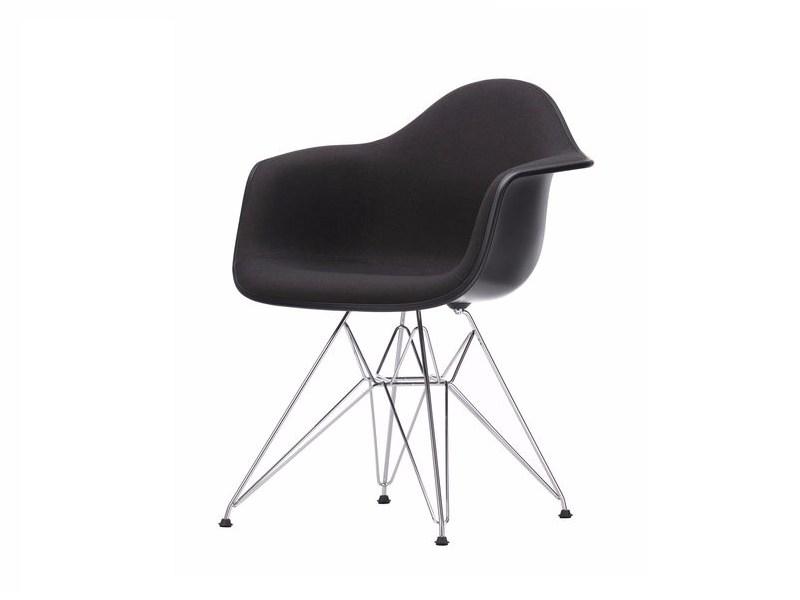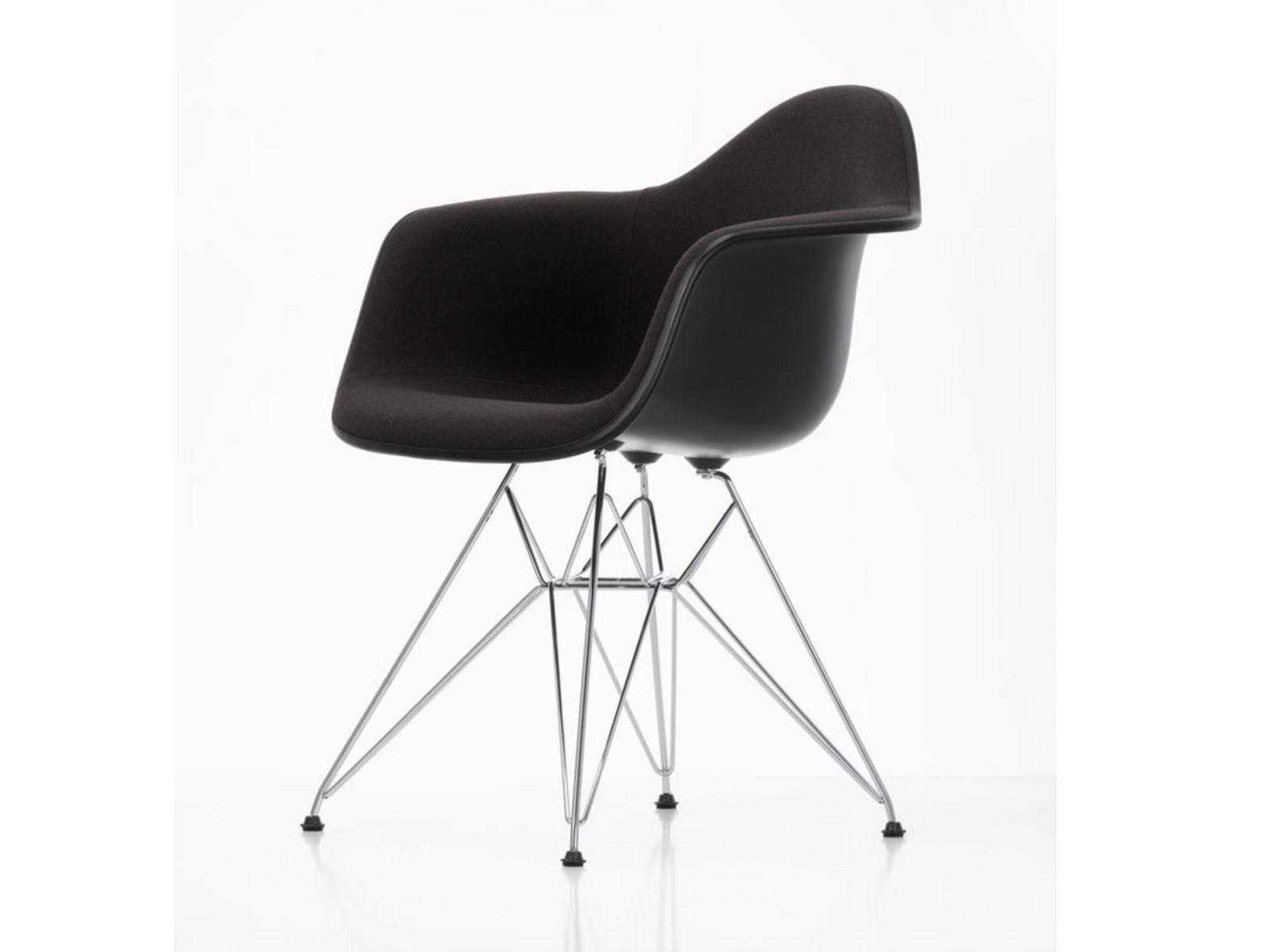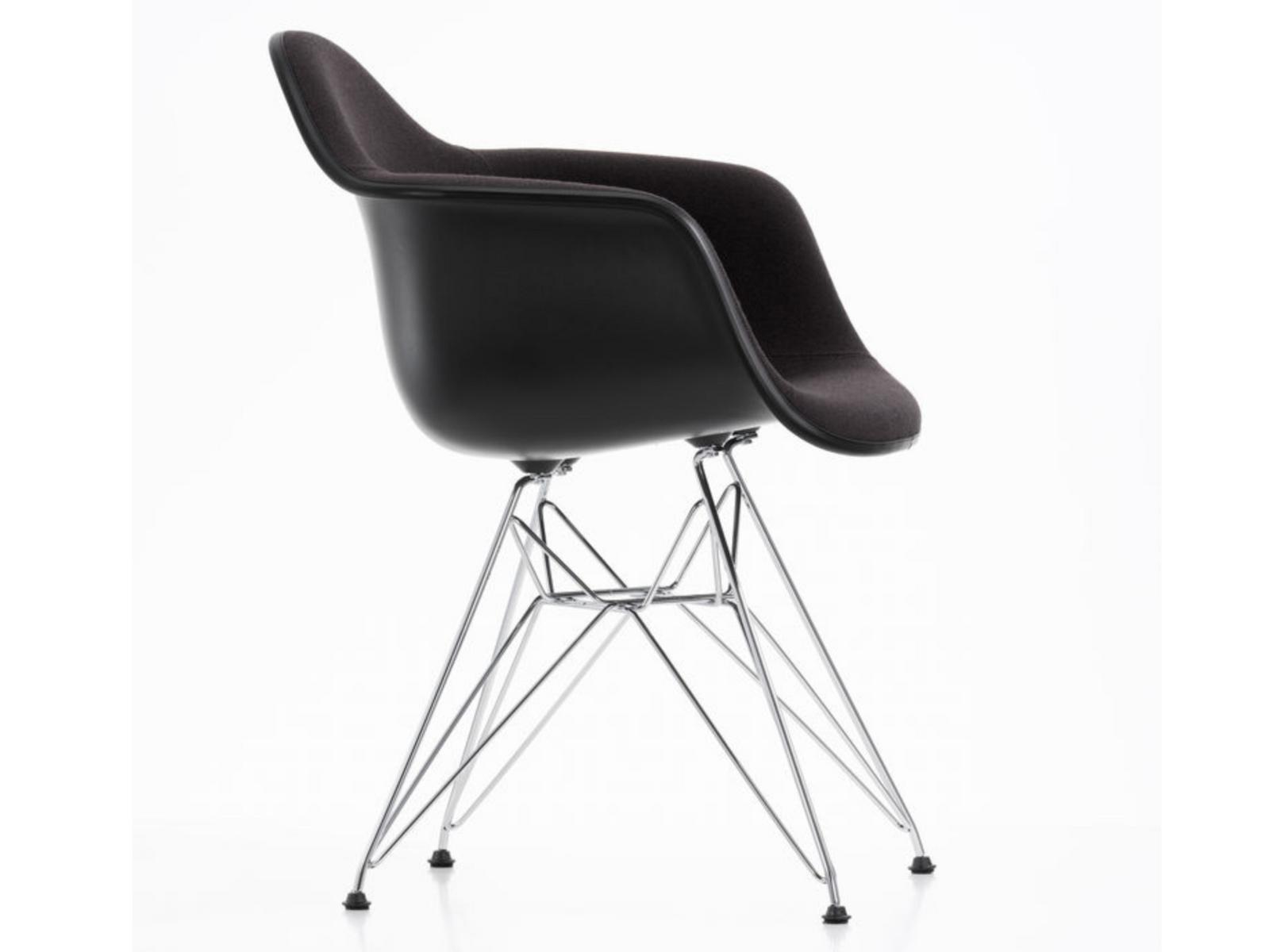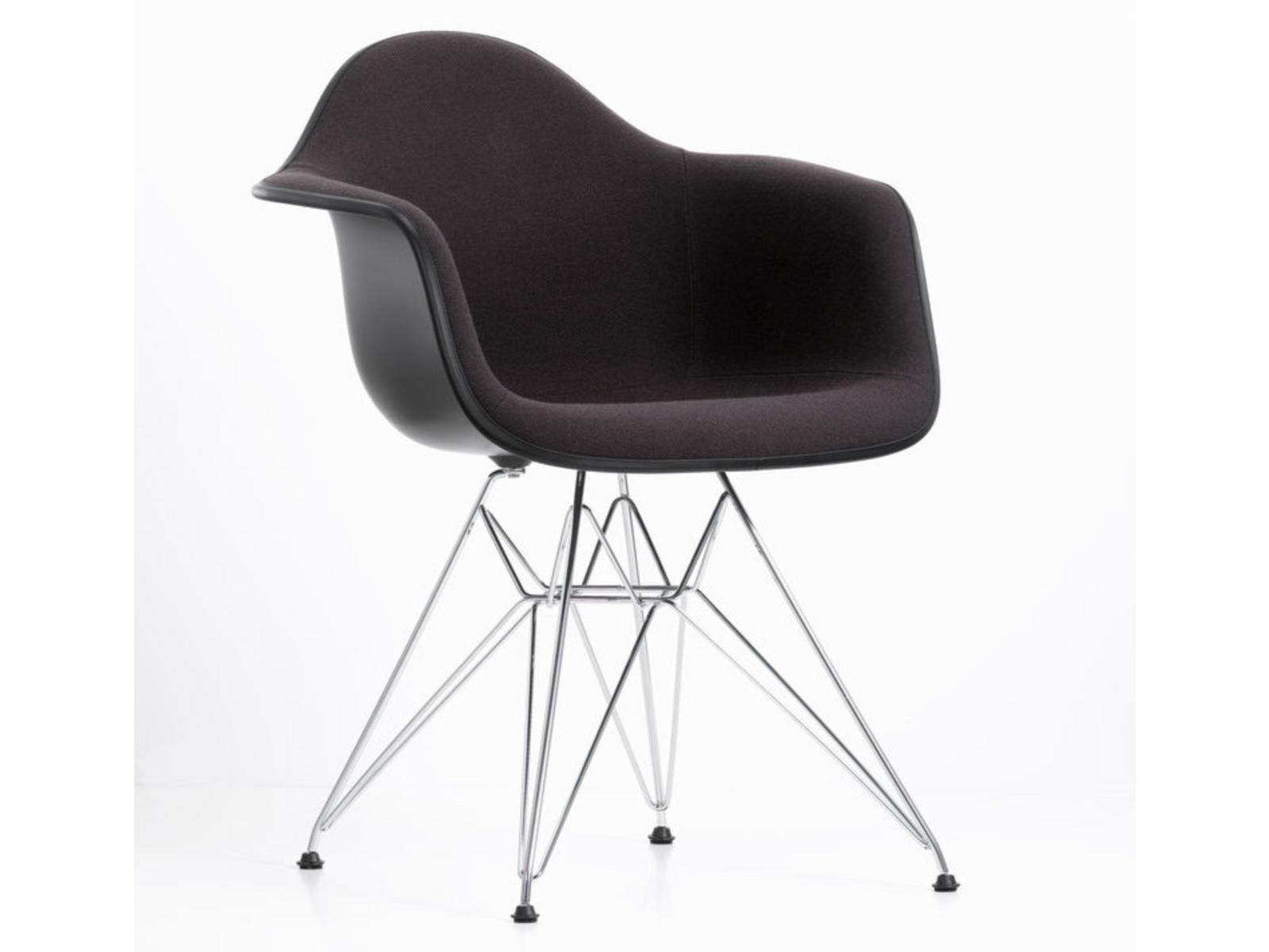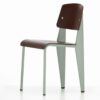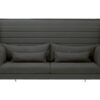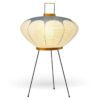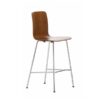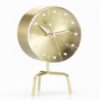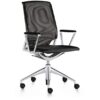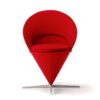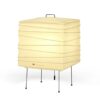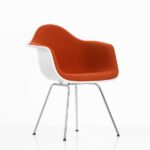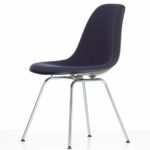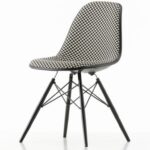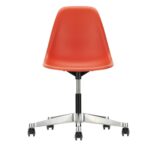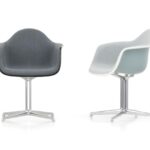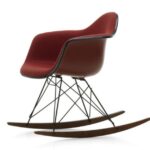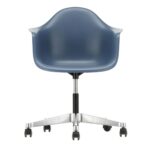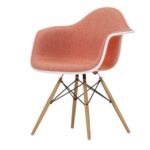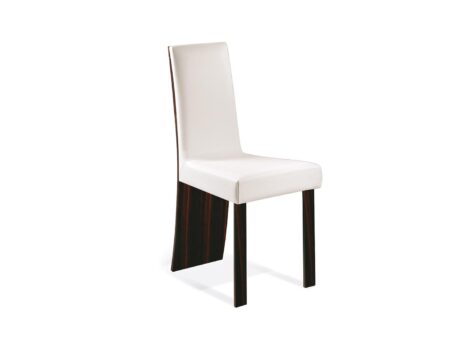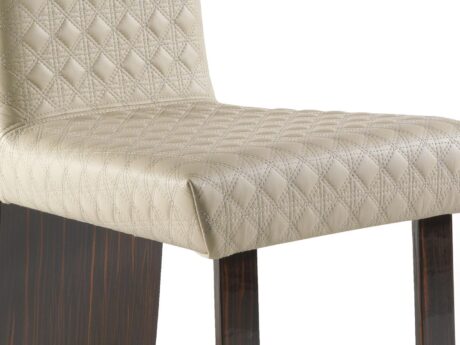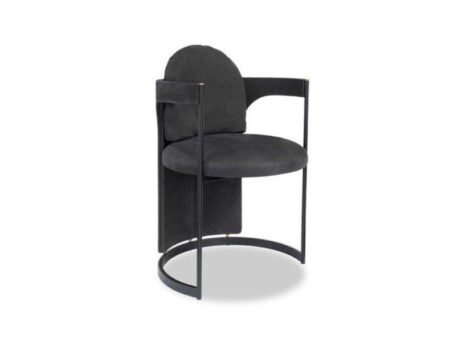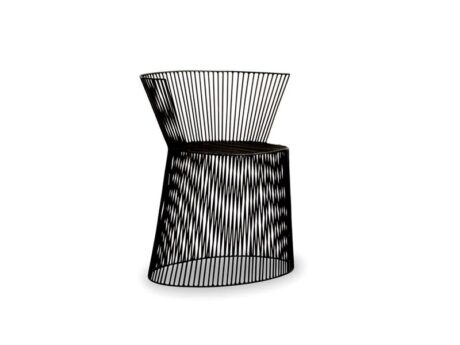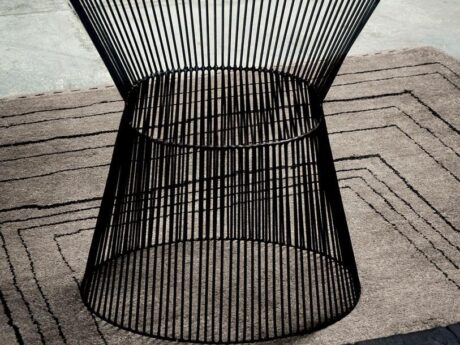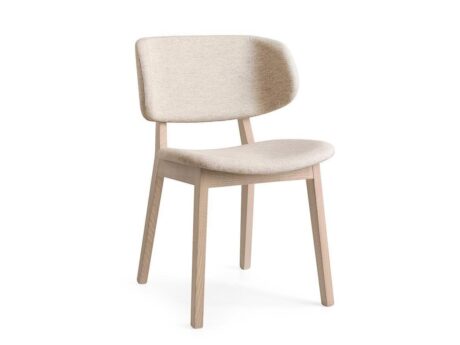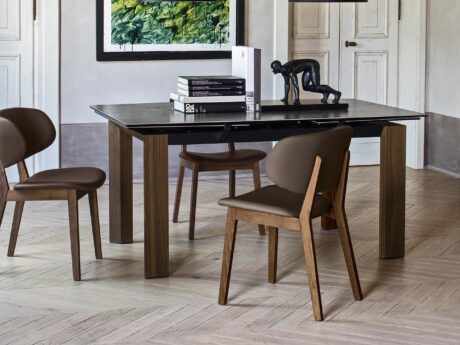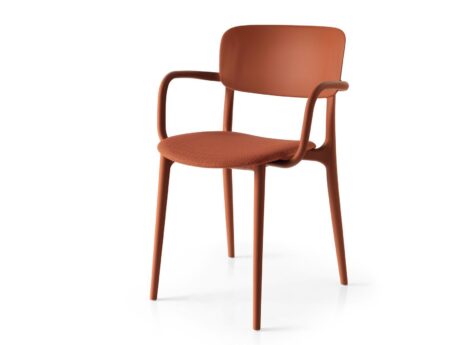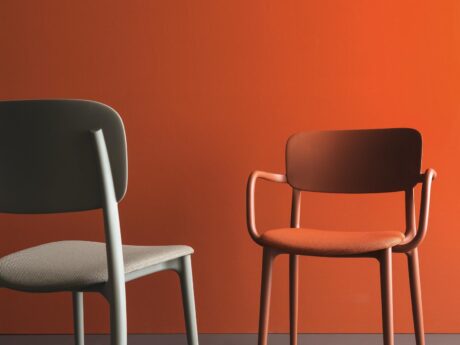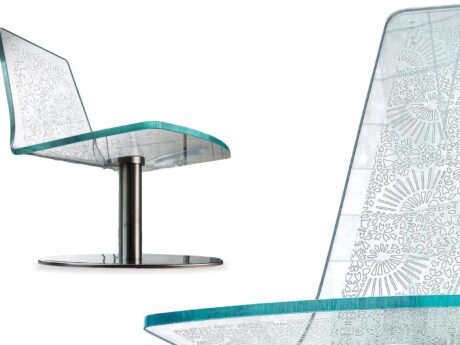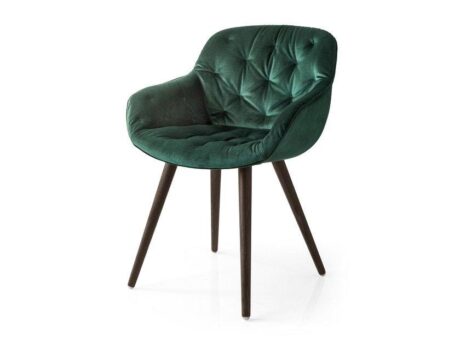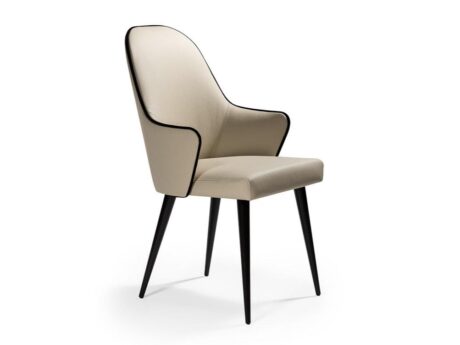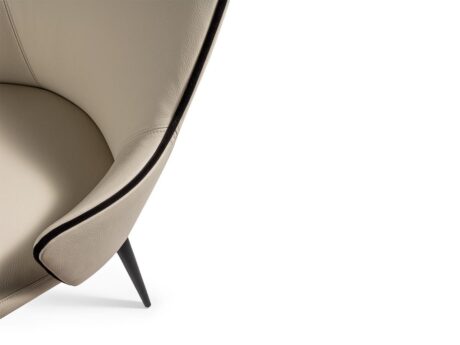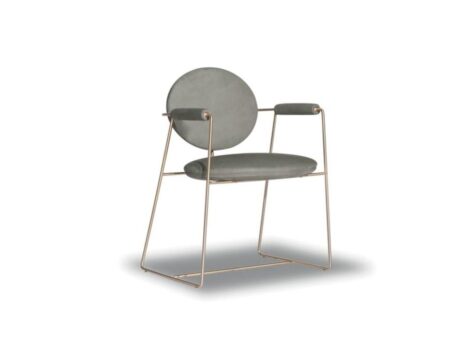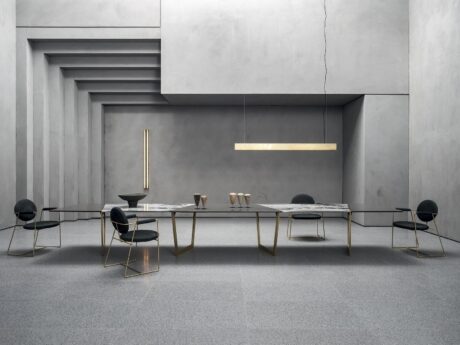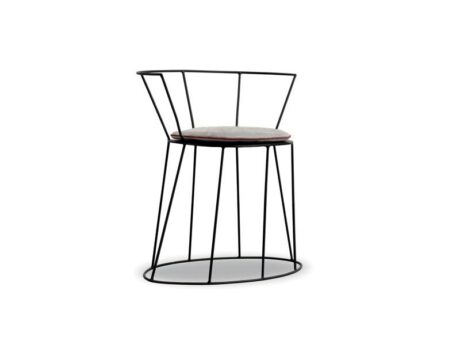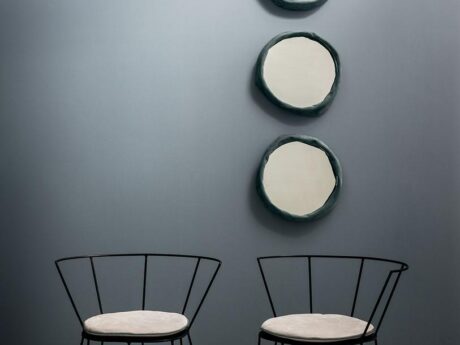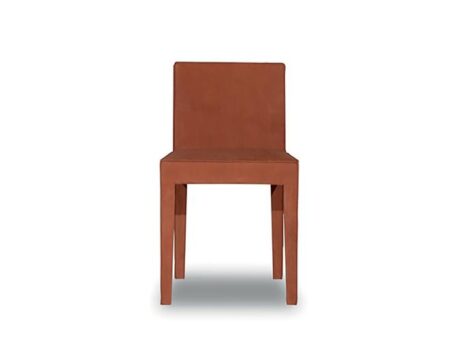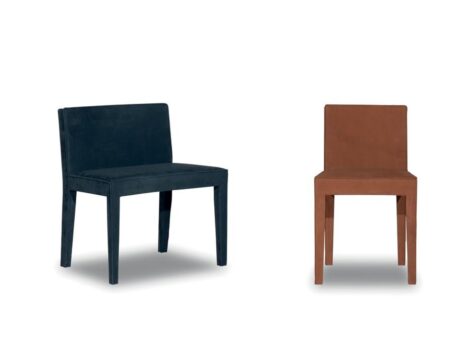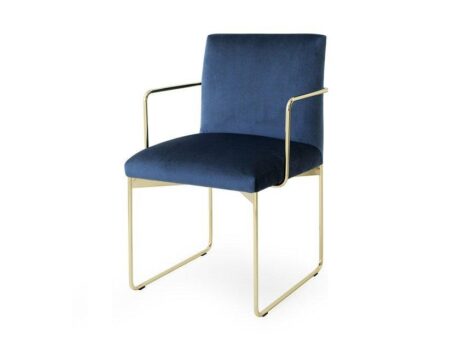Vitra
Dar
About Dar
Indulge in the timeless elegance of the Dar Eames plastic chair from our exclusive collection. Designed by the iconic duo, Charles and Ray Eames, this modern masterpiece exudes sophistication and style. Crafted in Switzerland with meticulous attention to detail, the Dar chair is a true testament to exceptional design.
The Dar chair features a sleek and ergonomic design, making it perfect for any contemporary setting. With its upholstered fabric seat and sturdy plastic construction, this chair offers comfort and durability in equal measure. Whether you’re furnishing a restaurant or upgrading your home decor, the Dar chair is a versatile choice that will elevate any space.
Enhance your dining experience with the Dar chair’s armrests, providing added support and comfort during meals. Its minimalist yet striking design is a statement piece that will complement any decor style. Available in a range of vibrant colors and finishes, you can customize the Dar chair to suit your individual taste and preferences.
Inspired by the Eames’ vision of bringing quality design to a wider audience, the Dar chair embodies their philosophy of combining form and function. Its timeless appeal and unparalleled craftsmanship make it a must-have for those who appreciate beautiful products. Add a touch of elegance to your space with the Dar Eames plastic chair and elevate your interior design to new heights.
Experience the beauty and functionality of the Dar chair today. Contact us for pricing and availability and bring this iconic piece of design into your home or business. Elevate your space with the Dar Eames plastic chair and make a statement that will last a lifetime.
Attributtes:
| Collection | |
|---|---|
| Designer | |
| Product year | 1950 |
| Style | Modern |
| Materials | Fabric, Plastic |
| Country | Switzerland |
| Extras | with armrests |
